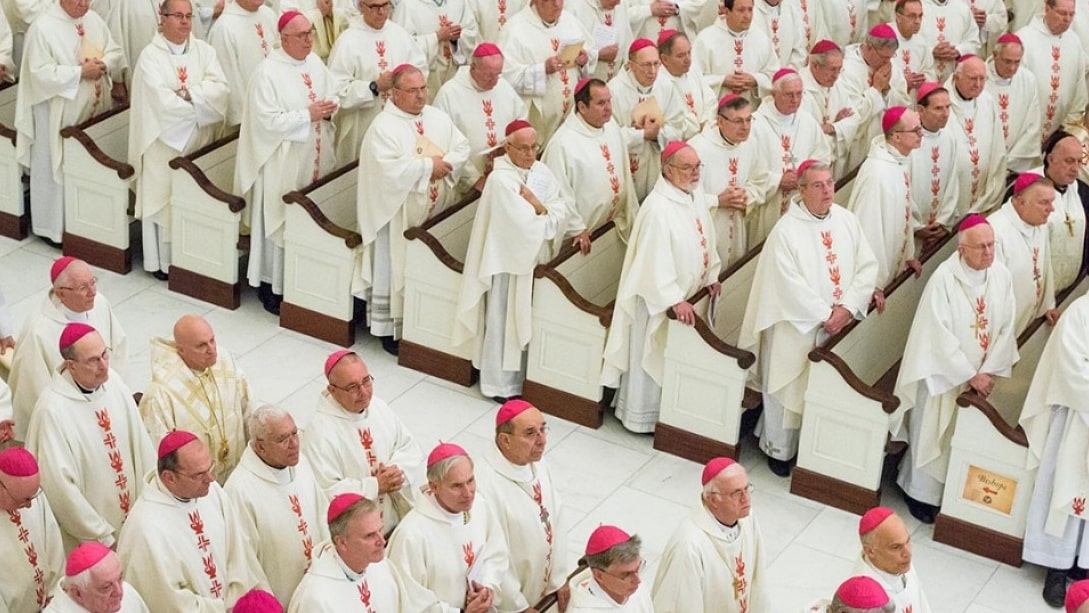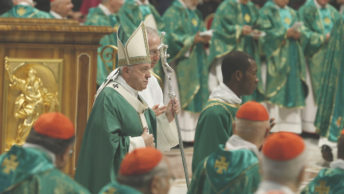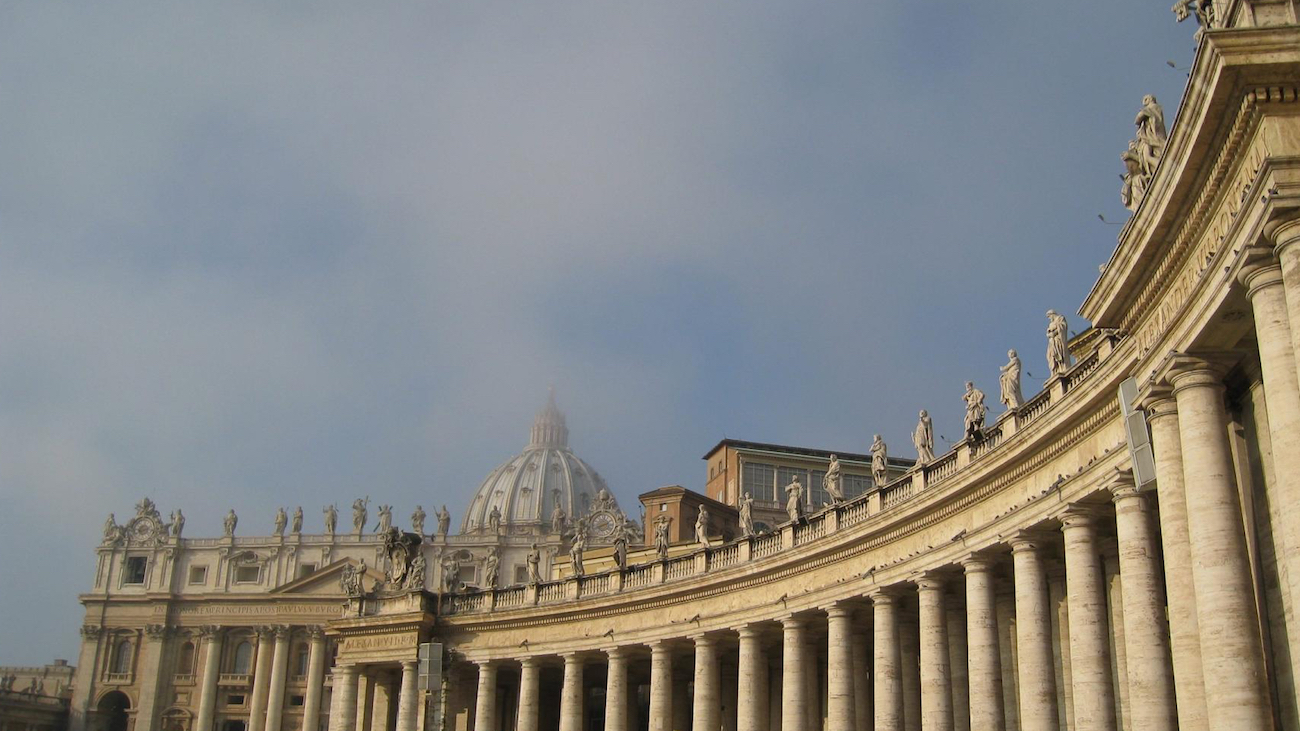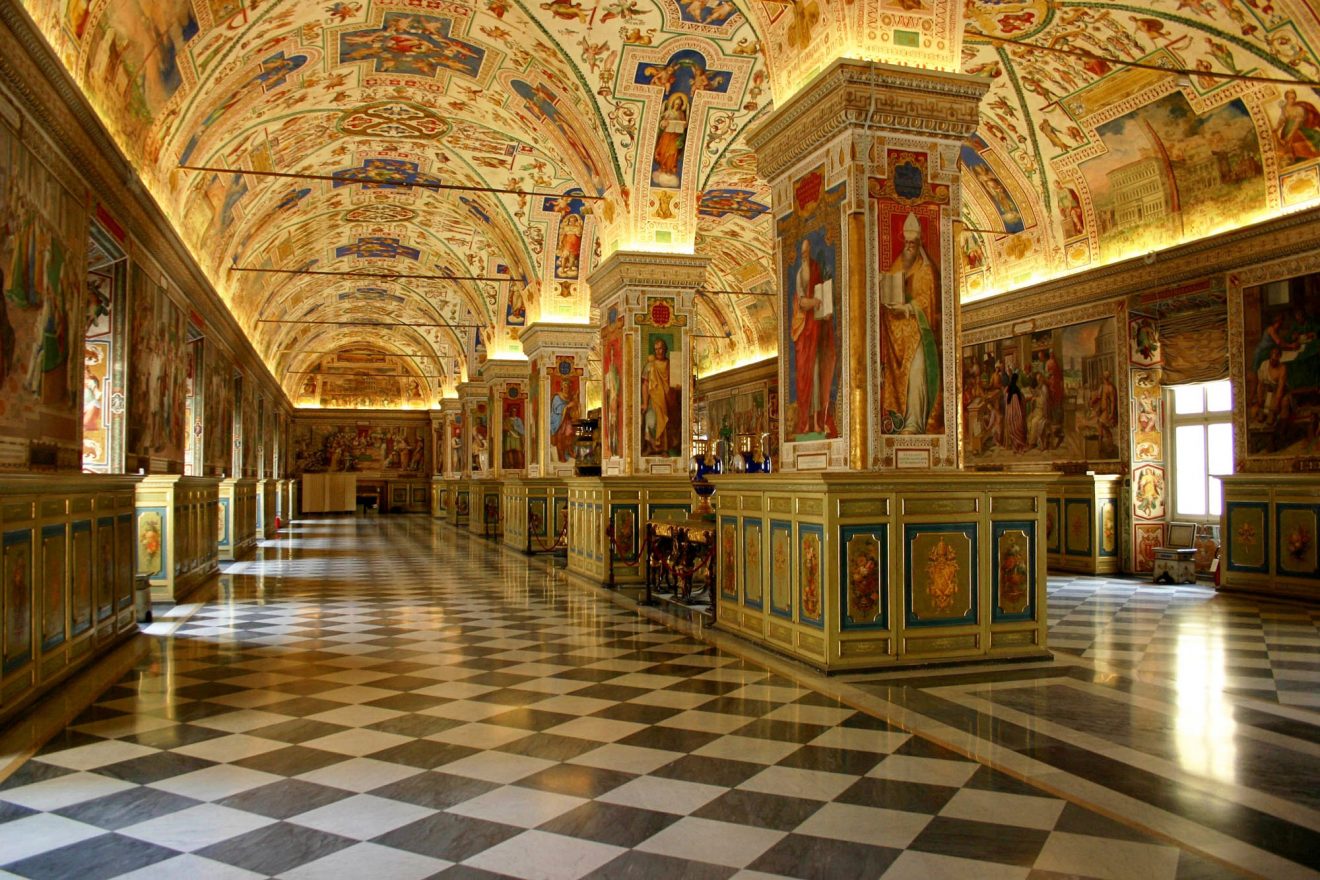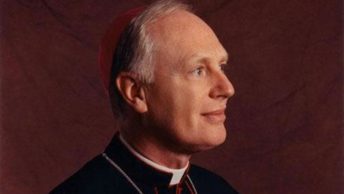I recently wrote, “The mistakes in immigration policy made in Europe over the past half-century are deeply chiseled in history and have been present for everyone on the planet to see and learn from.” I went on to explain how Donald Trump saw, understood, and responded courageously, whereas Joe Biden, who had held government positions for half a century, ignored the warnings and dismantled Trump’s achievements.
Biden’s reckless, indeed stupid behavior raises a fascinating question: Where did he get the notion that opening borders is a noble venture? The answer is sad and discouraging, particularly for Catholics. A main source for Biden’s idea was the Roman Catholic hierarchy! (Biden had been known to disregard Catholic teachings on important matters, notably abortion. In this case, however, he followed the hierarchy without hesitation, arguably not for a spiritual reason but because doing so would dramatically increase the number of potential voters beholden to the Democratic Party.)
A more fundamental question is this: Why has the Catholic hierarchy embraced a view on immigration that is demonstrably undermining Western Civilization, which the Church itself played a major role in creating?
That embrace, which is certainly not new, continues to this day, as a few examples will document:
In June, 2014, U.S. Conference of Catholic Bishops (USCCB) spokesman Bishop Mark Seitz testified before the House Judiciary Committee on the undocumented immigration crisis. He defined illegal immigration exactly as the Obama administration did—as a “humanitarian crisis” requiring US government cooperation and funding, and dismissed border enforcement as “a simplistic approach.” He then supported this view by citing Popes Pius XII, John Paul II, and Francis as defenders of the rights of illegal migrants. (He did not mention that their statements on the subject were highly nuanced, nor did he mention that Leo XIII had taken an opposing position in 1894.)
When Pope Francis met President Trump after his election, he made this statement to him about building a wall at the Mexican border: “A person who thinks only about building walls, wherever they may be, is not Christian . . . This is not the gospel.” (Quoted by David Brody, “Inside Donald Trump’s Faith,” Newsmax, April 2018.)
On April 16, 2021, Archbishop Salvatore Cordileone wrote this in America Magazine: “[San Francisco] has always been known as a place that welcomes the foreigner, a place of harmonization between diverse cultures where all can be who they are and thrive in community. A place where no one has to wander anymore to find a welcoming and stable home. That racial violence would rear its ugly head here, then . . . is very disturbing indeed . . . Instances of racism continue to shame us, for they show that our supposed social progress is not as real or definitive as we think.” . . . Let us, here in San Francisco, lead the way by example. Let us make our Golden Gate an authentic symbol of a city that will let no stranger wait outside its door, and where the wandering one will say, ‘I’ll wander no more.’”
Thus, the Catholic hierarchy’s embrace of illegal immigration and open borders continues despite the warnings of citizens throughout Europe, the writings of scholars like Douglas Murray, author of The Strange Death of Europe, and the insight of Nayib Bukele, President of El Salvador, who has made clear that the present migrations from Central and South American countries to the U.S. make the departure countries “exporters of people rather than of goods” and the U.S. an importer of burdens on it own citizens and economy.
So why has the Catholic hierarchy continued to embrace illegal immigration despite unquestionable evidence that it is undermining Western—and yes, Christian—civilization? The reason is as clear and simple as it is shameful—they are convinced that Jesus’ command to feed the hungry, clothe the naked and protect the oppressed can only be met by encouraging the poor to migrate to more successful countries. No amount of evidence seems able to sway that fallacious conviction. They are either unable or unwilling to grasp that there are other, better ways to do as Jesus commanded, notably by helping to change the migrants’ home countries by ending rampant corruption and helping develop systems that provide opportunities for individual enterprise and support the rule of law.
For the bishops to change their perspective, overcome their past errors, and contribute meaningfully to the preservation of civilization will require great humility, a virtue that is often elusive to people in high places. The way for them to acquire it is to grasp these simple truths:
People in high places are no less susceptible than others to shallow, illogical thinking, fallacious conclusions, and the allure of mass culture and socio-political movements. In fact, a sense of self-importance and an arrogant attitude can make those in high places more susceptible than others.
Religious history offers abundant evidence that membership in the Magisterium in no way lessens the need for awareness of one’s own imperfection and for examining all ideas including one’s own fairly but critically before proclaiming them as true.
The Holy Spirit offers insights to whomever He chooses, and that includes the uneducated as well as the educated, the young as well as the old, and the un-anointed as well as the anointed. It is therefore prudent for the hierarchy to be willing, and even eager, to learn from others, including those they are most tempted to ignore.
The causes of decline in religious practice among Catholics are not limited to the lure of secularism and rejection of articles of faith. They also, and increasingly, include the laity’s disgust with what they perceive to be the hierarchy’s reliance on cultural and political narratives rather than traditional Catholic teachings. This disgust is especially strong among Catholics who are well trained in the Faith.
Finally, there is a truth that has been denied in the Catholic Church for centuries. That truth is: Maintaining a position or argument known to be flawed or mistaken in order to prevent tarnishing the Church’s reputation will sooner or later do greater harm than timely acknowledgment of the flaw or error would have done. Among the most famous examples of such denial have concerned the correctness of Galileo, the evil of slavery, and more recently, the fact of clerical pedophilia. The hierarchy’s reasoning in each of these cases went something like this: “We know the Church’s position has been wrong, but admitting this will scandalize the faithful and erode their confidence in the Church’s pronouncements. So we will remain silent and cling to our erroneous position.”
In addition to being dishonest, that response ultimately fails to achieve its goal. Sooner or later people find out that the hierarchy hid the truth and as a result stop trusting them. And the longer the wait, the greater the loss of trust. The prudent approach is to follow the command in Matt 5:23,24:
“If you are presenting your offering at the altar, and there you remember that your brother has something against you, leave your offering there before the altar and go; first be reconciled to your brother, and then come and present your offering.”
In the case of illegal immigration, that command is especially urgent because the offense is not against one brother but hundreds of millions of brothers. The command says to the hierarchy, “Do the right thing, and do it now.”
Copyright © 2021 by Vincent Ryan Ruggiero. All rights reserved

